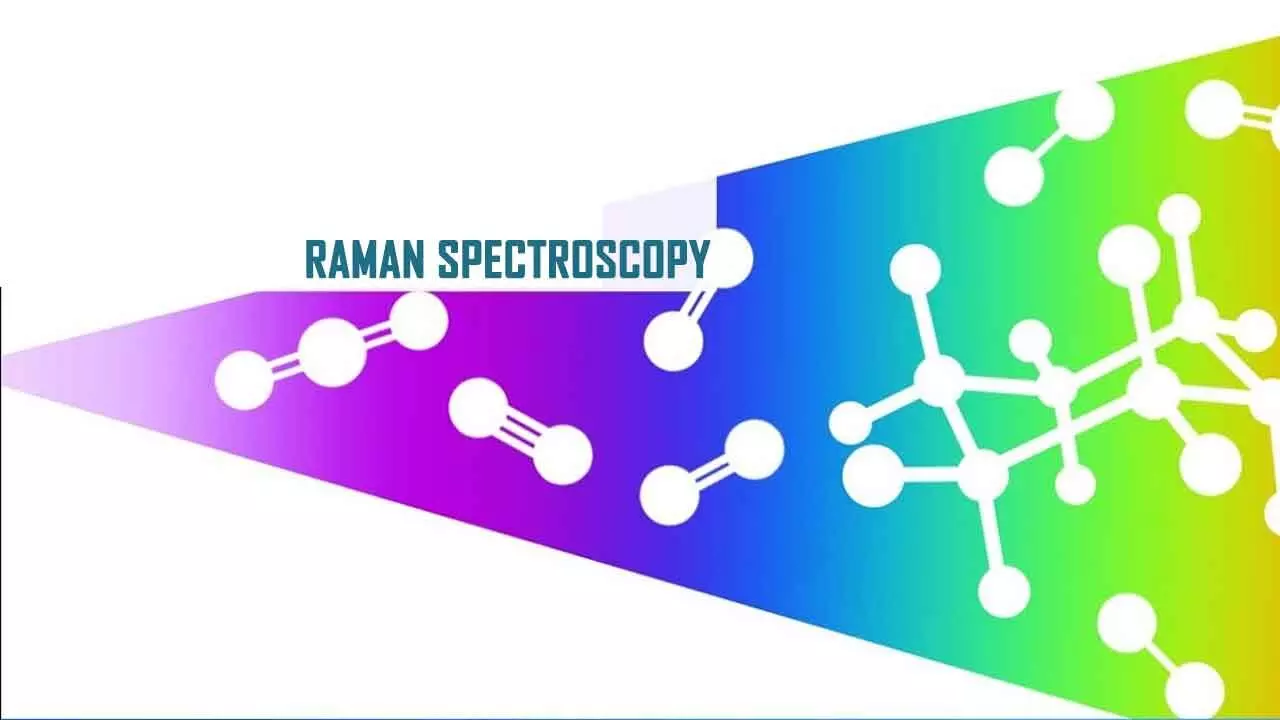Raman fingerprints rewrite the rules of art authentication
Raman fingerprints rewrite the rules of art authentication

Consider this. For the first time, Chitrakoot, a famed art gallery in Kolkata, recently brought together a historic exhibition of Durga in Art, showcasing masterpieces from Early Bengal, Kalighat traditions, and the timeless works of Jamini Roy, Nandalal Bose, and Ganesh Pyne.
This was not just another show, but a once-in-a-lifetime opportunity to experience the beauty and power of Bengal’s greatest artists, works that are almost never accessible to the public.
Every painting in this exhibition carried the guarantee of authenticity through science. At Rafitech Lab, scientists use Raman spectroscopy, an ultra-modern, non-invasive method that reads the pigments at a molecular level. This technique allows them to identify whether the pigments belong to the artist’s original palette, many of which are rare, costly, or long-abandoned, making them impossible for fakers to replicate.
By uniting art and science, this exhibition ensured that what you see is not just visually stunning, but proven genuine.
This assumes great significance in the wake of the fact that for centuries, the art world has struggled with a stubborn problem: there is still no reliable, universally accepted method to confirm whether a painting is truly what it claims to be. Authenticity often rests on provenance trails, expert opinion, and stylistic judgment. These tools matter, yet none of them guarantee the truth. A formal certification authority would help, but such a body does not exist.
That is where the recently patented Raman spectroscopy steps in. Christened as Raman Fingerprint Technology for detecting authentic artwork (RaFiTech), this technique offers something the art market has long lacked: an objective, molecular-level signature of a painting’s materials. RaFiTech harnesses this capability and turns it into a practical authentication tool.
RaFiTech reads the chemical fingerprint of a painting through Raman spectroscopy. A focused laser beam is directed onto the artwork’s surface. The pigments respond by scattering light in patterns linked to the vibration of their molecular bonds. Each pigment has its own unique set of Raman wave numbers, just as every human has a unique fingerprint.
Once these spectral fingerprints are recorded, they can be matched against global pigment databases that catalogue the historical periods during which specific colors were manufactured and used. If the pigments detected in a painting align with those known from the artist’s era, the work gains credibility. If they do not, authenticity becomes questionable.
If Dr Soumyajit Roy, who currently leads EFAML Materials Science Center of DCS at IISER Kolkata and the principal brain behind this research, is to be believed, Raman Spectroscopy provides a scientific and objective basis for authentication, especially in older works where pigment composition reveals historical context. In Ganesh Pyne’s paintings, their analyses identified pigments that are either very old or highly expensive, used only by the artist himself, far beyond a forger’s reach. They also detected select new but exclusive pigments once available only to professional artists. Conversely, fakes often contain modern substitutes like Quinacridone Red or Lithol Red replacing traditional Vermilion.
Using this method, Rafitech has authenticated works of Nandalal Bose, Jamini Roy, and Ganesh Pyne, confirming the presence of rare pigments such as Burnt Sienna, Vermilion, Massicot, Carbon Black, Van Dyke Brown, Goethite, Raw Sienna, and Red Ochre. This can certainly be a game changer in detecting and identifying unsubstantiated claims with fake artworks, and providing molecular proof.

